Share the post "Mastering the Slide Tackle in Soccer: Unlock the Secrets to Safe & Effective Techniques!"
The slide tackle in soccer requires precision, timing, and knowledge of the regulations. We know this strategy helps defenders dismantle opponents and reclaim the ball. It works best when executed properly and safety requirements are followed to protect the tackler and tackled player. This play is exciting because it shows that a well-timed slide can affect a match as much as a goal.
Safety is as crucial as technique in slide tackling. The sport’s credibility and players’ safety depend on legal and ethical tackling. Performing slide tackles lawfully and securely is more impressive than their appearance. We know that mastering this technique and practicing under supervision gives us confidence on the field and allows us to produce slide tackles that are successful and respectful of the game.
Key Takeaways
- A good sliding tackle can change the game.
- Slide-tackling requires safety and legality.
- Training under supervision enhances our tackling confidence.
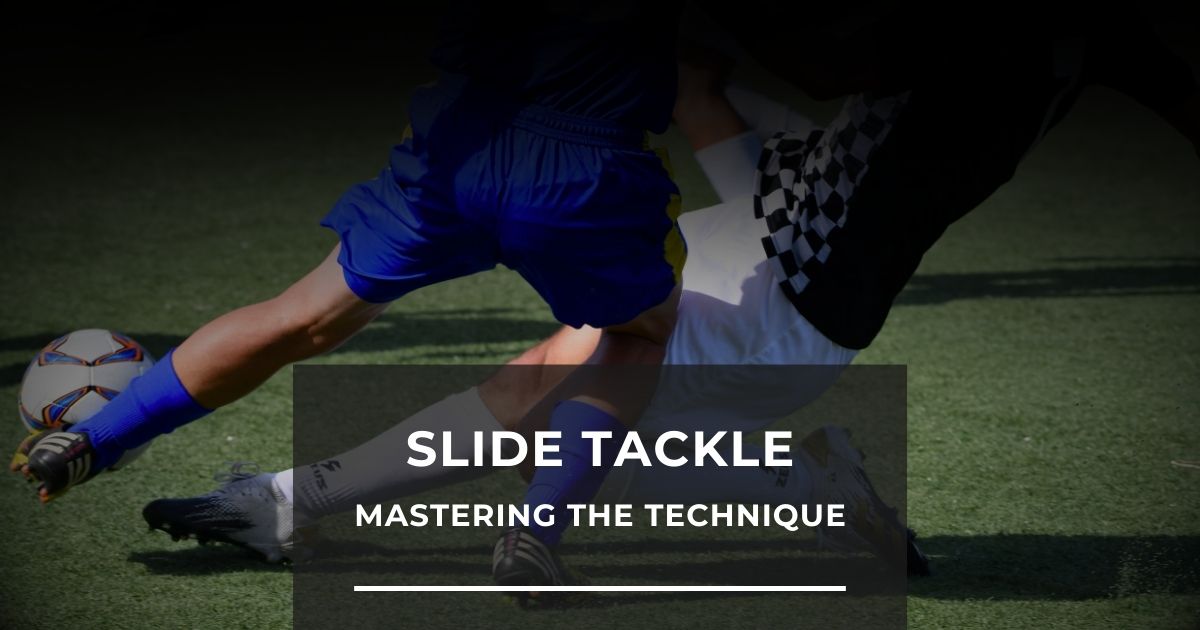
Essentials of Slide Tackling
Before we dive into the nitty-gritty, it’s crucial for us to grasp that mastering the slide tackle in soccer is not only about taking the ball away; it’s about doing so effectively and safely.
Understanding the Basics
To begin with, a slide tackle is a defensive maneuver where we slide on the ground to dispossess an opponent. It’s fundamental to know when and how to execute this without incurring fouls. Key considerations include:
- Timing: Tackle when the ball is within reach, not as a last resort.
- Positioning: Slide alongside or in front of the opponent, never from behind.
Fundamental Techniques
Our technique is paramount for a successful tackle. Here’s what we must focus on:
- Approach: Start by running next to the opponent, matching their speed.
- Body Position: Keep the upper body balanced and the leg outstretched towards the ball.
In executing a slide tackle, precision and safety are our top priorities. By following these guidelines, we put ourselves in the best position to regain possession without risking injury or penalties.
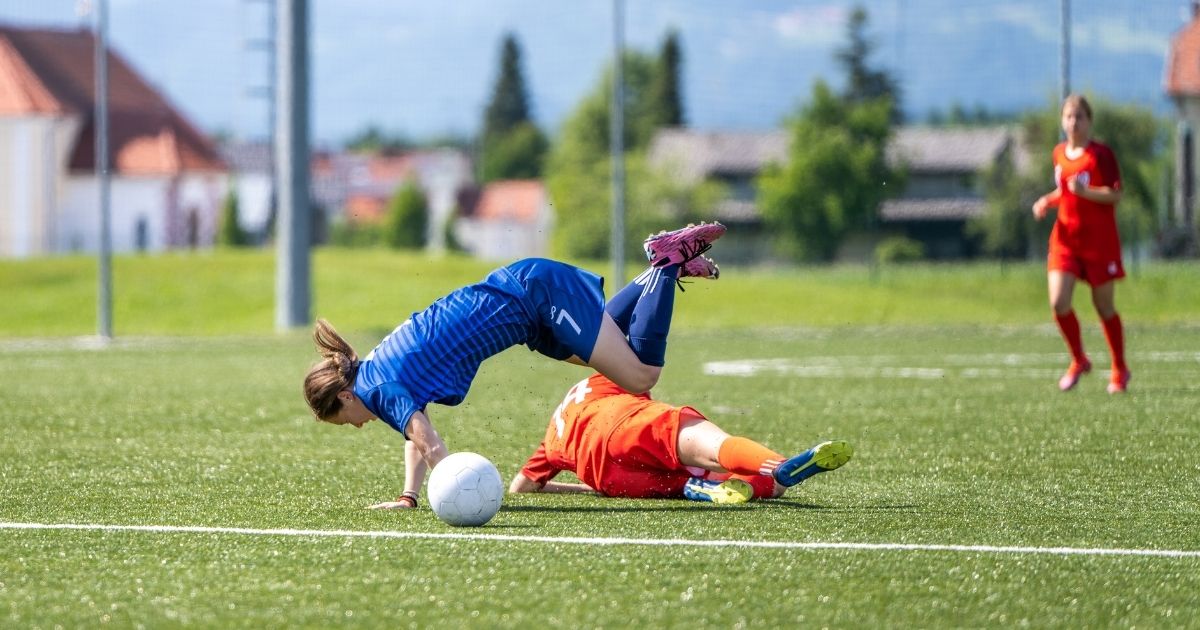
Executing the Slide Tackle
Mastering the slide tackle is an exciting challenge, and it’s a skill that can save the game when executed correctly. We need to focus on timing, body positioning, and how to continue play smoothly.
Timing Your Approach
To make a slide tackle effective, we must judge the perfect moment to go in. We look for cues in our opponent’s movement, waiting for the touch that sends the ball just a leap away from their possession. The aim is to intercept the ball without endangering ourselves or the opponent, maintaining the fairness of play.
Body Positioning and Contact
As soon as we decide to commit to the tackle, our body’s orientation is crucial. Slide with one leg outstretched, toe pointed, and the other bent slightly underneath to push the ball away effectively. We keep our eyes on the ball and avoid contact with the opponent’s legs for both safety and to prevent fouls.
Recovery and Continuation of Play
Once we make contact with the ball, it’s important to get back on our feet promptly. We practice popping up quickly and staying alert to keep the momentum going—in defense or transitioning to an offensive role. This ability to recover and continue playing ensures that we remain a vital part of the action following our slide tackle.
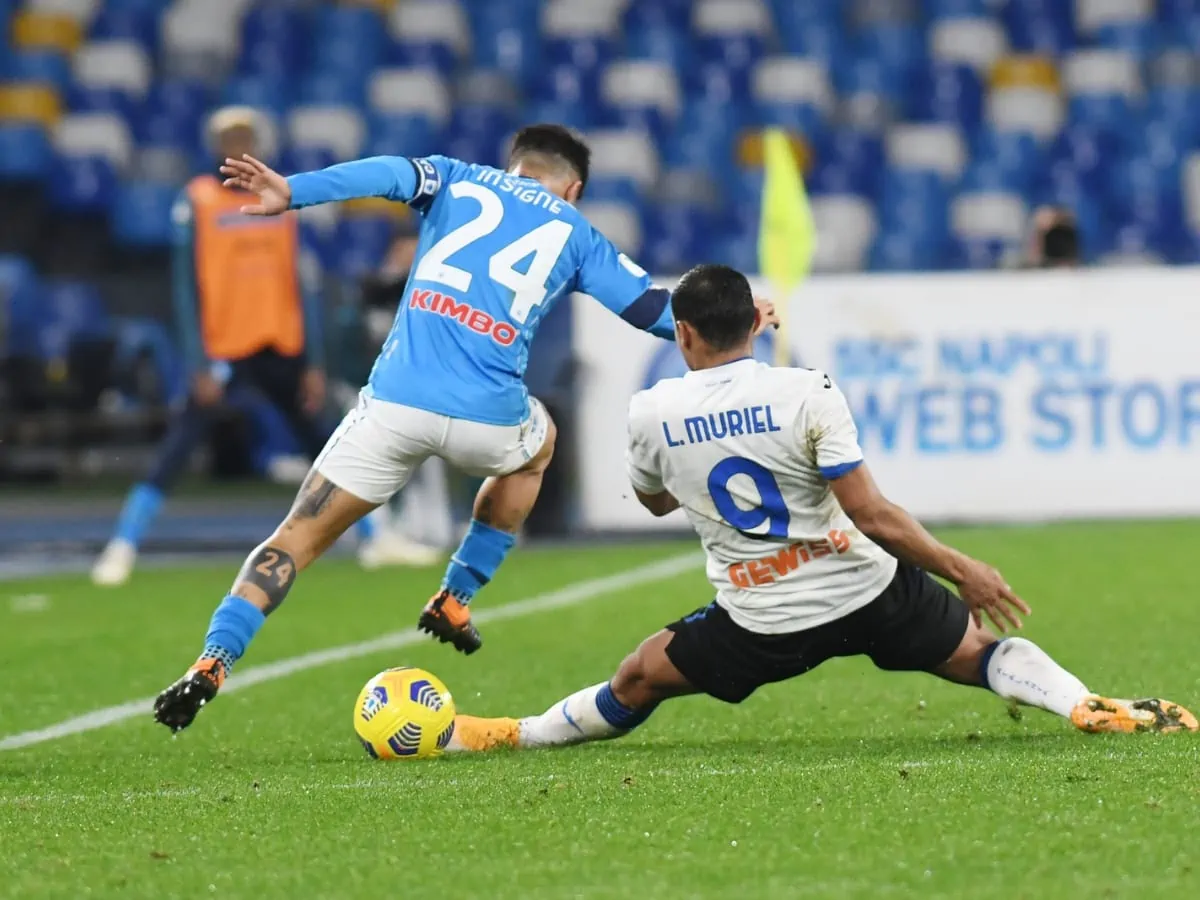
Safety Measures
To excel in soccer, we need to prioritize safety when executing a slide tackle. From the right warm-up routine to using appropriate gear, each measure helps us reduce the risk of injury.
Warm-Ups and Stretching
Before we even think of performing a slide tackle, good warm-up exercises are paramount. Dynamic stretching exercises like leg swings and lunges prepare our muscles for the game. This practice increases our flexibility and decreases our risk of strains and sprains.
Proper Gear and Equipment
We must ensure we’re equipped with the correct gear. Shin guards are essential; they provide protection against impacts during a slide tackle. It’s also important that our cleats are in good condition, offering adequate traction and support for our movements.
Avoiding Injuries
Understanding the technique is crucial to avoiding injuries. We must aim to connect with the ball first, never the player. Slide tackling from the front is typically safer than from behind, which is illegal and risky. Our timing should be impeccable, and we must avoid overcommitting to prevent clashing with other players.
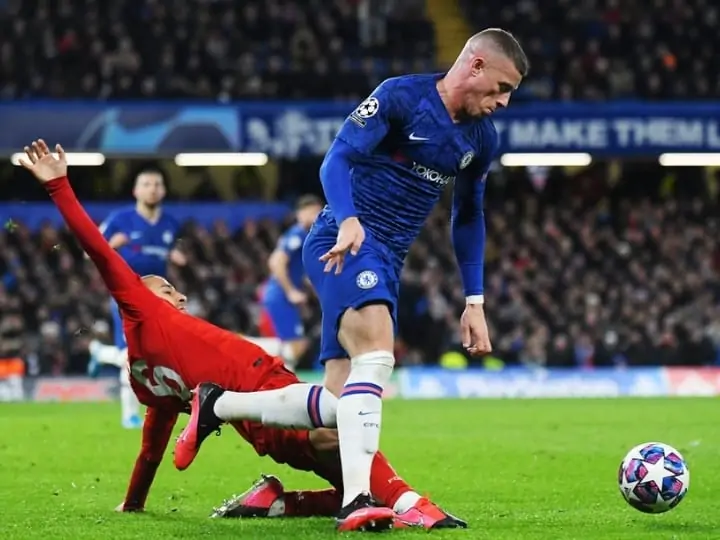
Advanced Strategies
Elevating our slide tackling to a more advanced level involves honing our ability to anticipate the opponent’s movements and integrating tackles into our strategic play effectively.
Anticipating Opponent Moves
We must excel in reading the game, predicting where the opponent is likely to move the ball. By sharpening our intuition and honing our skills in body language interpretation, we can position ourselves optimally, ensuring that we are always a step ahead. Remember, the best tackle is one that’s perfectly timed based on our anticipation of the player’s next action.
Using Slide Tackles Strategically
Strategically, we use slide tackles not only as a defensive tool but also as a means to instigate offensive opportunities. When we slide tackle, it’s crucial to do so with the intention of winning the ball in a way that immediately sets us up for a counter-attack. Exploit these tackles in scenarios where we can gain a tactical advantage, such as when the opposing team is off-balance or during a counter-press situation to regain possession and keep the pressure.
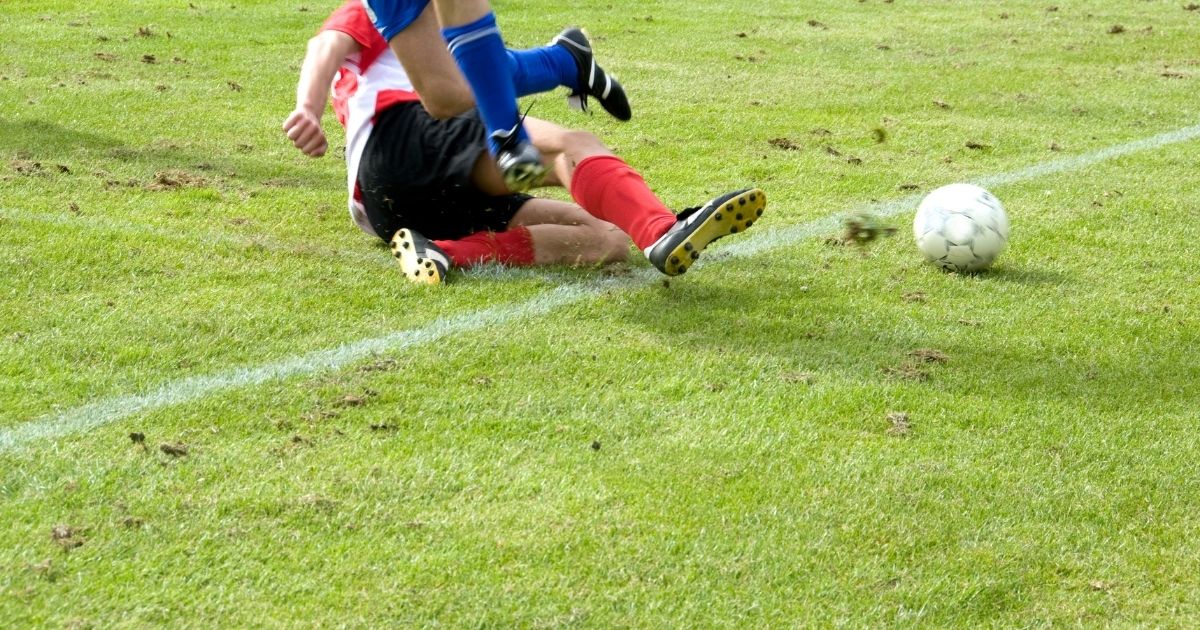
Training and Drills
Mastering slide tackles is all about precision and timing. We focus on developing these skills through specific training drills tailored for individual players and the entire team.
Solo Practices
When we start with solo practices, it’s crucial to work on building a strong foundation. We first ensure that we are comfortable with the basic movement of sliding along the ground. Here’s what we concentrate on:
- Balance and Coordination: We practice falling and sliding on a soft surface, to make sure that we can maintain balance even when we are extending one leg for the tackle.
- Ball Contact: Using cones and a stationary ball, we work on our approach angle and contact with the ball. We aim to consistently knock the ball to a safe area around us, ideally forward towards a teammate or out of play if we’re under pressure.
Team Exercises
Moving on to team exercises, we incorporate real-game scenarios:
- Defender vs. Attacker: One player takes on the role of a defender, while another is the attacker. The defender practices timing and executes a slide tackle to regain ball possession.
Attack Direction Tackle Type Success Rate Towards goal Block tackle ★★★★☆ Down the wing Hook tackle ★★★☆☆ - Small-Sided Games: We introduce slide tackles in small-sided games to replicate match conditions. We pay close attention to safety, urging everyone to engage with caution and respect for their teammates.
By adhering to these practices and exercises, we develop the ability to execute slide tackles not only effectively but safely as well.
Rules and Regulations
In mastering the slide tackle in soccer, it’s crucial we understand the precise regulations and the implications of fouls to keep the spirit of the game intact.
Understanding Soccer Laws
Slide tackles in soccer are governed by Law 12, which we often refer to as ‘Fouls and Misconduct’. To perform a legal slide tackle, we must contact the ball first and avoid endangering the opponent. It’s vital we recognize that tackling from behind is often penalized, as it poses a high risk of injury.
Dealing with Fouls and Penalties
When slide tackles go awry, we face fouls and penalties. Any tackle that is careless, reckless, or uses excessive force will most likely be considered a foul. If we tackle carelessly, it’s a free kick for the opposing team. A reckless tackle earns us a yellow card, signaling caution. However, a tackle with excessive force risks injuring an opponent and can result in a direct send-off with a red card. Understanding the nuances of fouls related to slide tackles is key, a point emphasized in this guide on performing the perfect slide tackle.
Share the post "Mastering the Slide Tackle in Soccer: Unlock the Secrets to Safe & Effective Techniques!"
Joel is a seasoned soccer journalist and analyst with many years of experience in the field. Joel specializes in game analysis, player profiles, transfer news, and has a keen eye for the tactical nuances of the game. He played at various levels in the game and coached teams - he is happy to share his insight with you.



